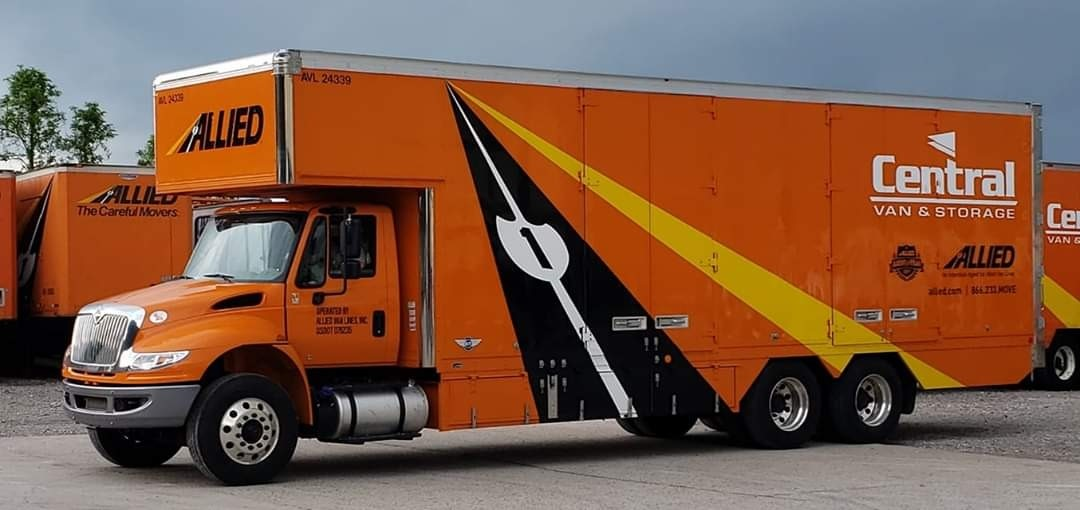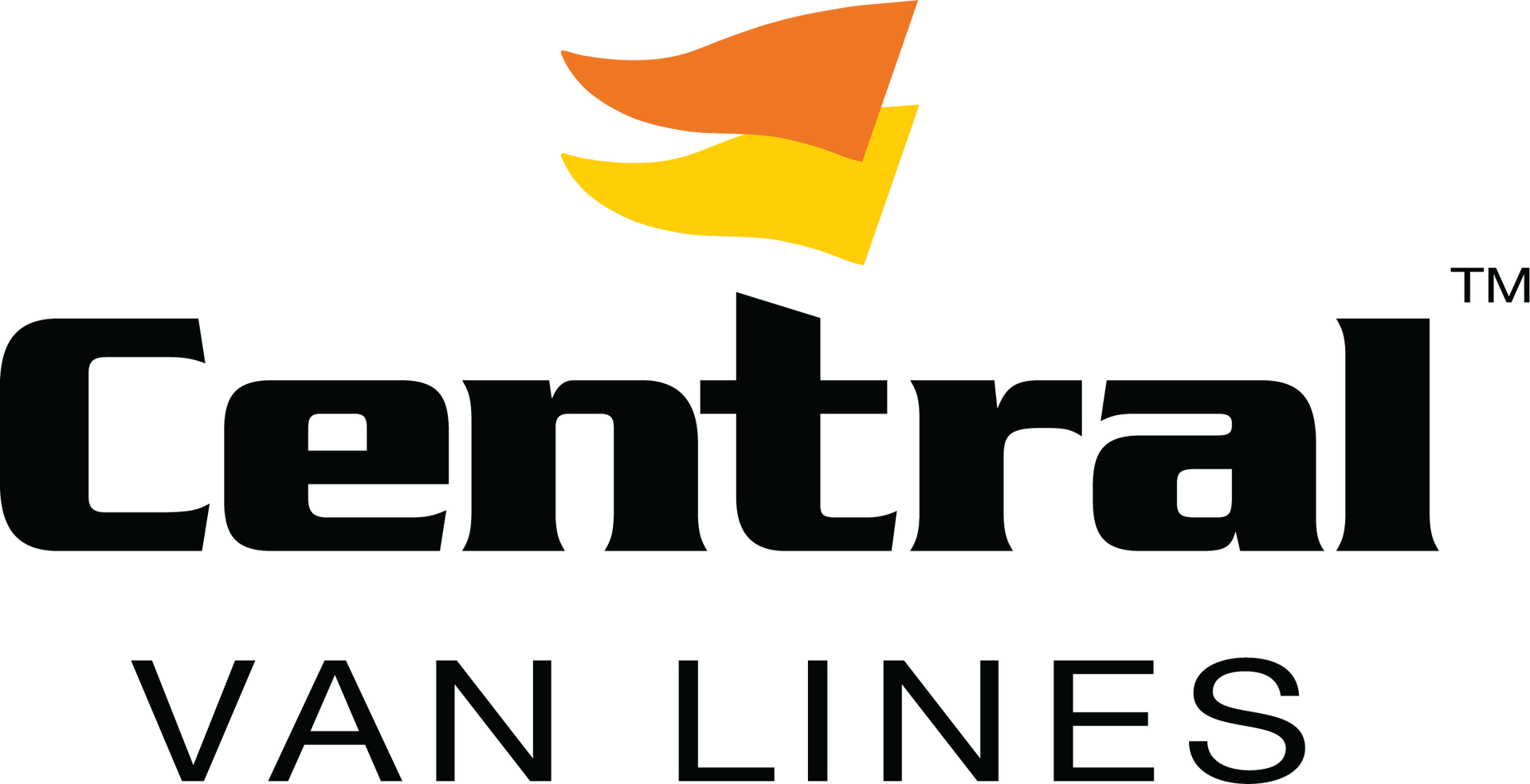Planning a Seamless Commercial Office Move
Navigating the complex waters of a corporate office move can be a daunting task for any business. It's a venture filled with significant logistical challenges and strategic decisions. From understanding the motivations behind the move to the meticulous planning and execution involved, each step in the process is crucial for its success. This guide seeks to provide a comprehensive roadmap for businesses contemplating or initiating an office relocation. The goal is to ensure a smooth transition that aligns with your business's growth, culture, and future aspirations, turning potential upheavals into a triumphant stride forward.
Understanding the Why behind the Move
Relocating your office shouldn't be a knee-jerk reaction; it must be a deliberative move made for strategic advancement. Whether it's about downsizing to cut costs, expanding to cater to a growing client base, or seeking geographical advantages, a clear and compelling 'why' is the bedrock of every successful move. Make sure your entire team, from leadership down to the newest intern, understands the rationale behind this transition. Transparency and communication here are not mere formalities; they are essential to prevent speculation, reduce resistance, and foster a culture of adaptability.
Formal announcements, town hall meetings, and one-on-one discussions all play a pivotal role in articulating a narrative that aligns with your business objectives and keeps everyone rowing in the same direction. People connect with stories, and your corporate move's story can galvanize your team if communicated effectively.
Creating a Comprehensive Moving Plan
Work with a team of skilled coordinators and compile checklists to commence the strategic planning phase of your move. This blueprint should encompass all logistical, operational, and human capital considerations. The scale and complexity of your corporate relocation will heavily dictate the robustness of your plan.
Itemizing Your Assets
Inaccuracies in the identification of your business assets and subsequent miscalculations can snowball into substantial hiccups during transit. Utilize detailed inventories and methodologies to categorize assets by priority, installation dependencies, and sensitivity.
Partnering with Professionals
Consider bringing in experts, like moving companies experienced in corporate shifts, to consult on your blueprint. Professionals offer insights into compliance with regulations, strategic cost savings, and access to specialized tools and resources critical to a successful commercial move.
Preparing Your New Space
The goal of an office move is not just to get from point A to point B; it’s about arriving at a destination conducive to your business’s success. This phase encompasses a myriad of tasks, from finalizing the lease details to the nitty-gritty of interior design and IT specs.
Space Layout and Design
Engage your team to design a workspace that reflects the ethos of your company while considering the practical aspects of workflow and ergonomics. A new office is a fresh canvas upon which to paint a staging ground for your business's future triumphs.
Technical Infrastructure
Coordinate with contractors and utility providers well in advance to avoid any surprises on opening day. The aim is not just to replicate your current technological set-up but to leverage the move as an opportunity to update and streamline your systems.
Managing the Transition
Move day is not the day to be reacting; it should be the day you're putting the last pieces of a carefully managed puzzle into place. Diligent execution of your plan, flexibility in the face of unforeseen circumstances, and clear lines of communication are your allies in this final sprint.
Business Continuity and Contingency Plans
Develop a playbook that details the roles and responsibilities of every team member involved in the transition. Simulate potential issues and ensure everyone knows the protocols to preserve business continuity.
Emotional and Psychological Support
Change brings about anxiety and stress. Demonstrating empathy and providing support for your team's mental well-being is not only a compassionate thing to do but also a strategic one. A well-supported team will adapt more quickly and positively to the new environment, thereby aiding a smooth transition.
Post-Move Follow-up
The ribbon-cutting ceremony at your new space is not the end; it’s the beginning of your next chapter. A comprehensive post-move follow-up ensures that any teething issues are swiftly addressed and lessons learned are applied to the future.
Evaluating the Move
Conduct a structured evaluation to gather feedback from employees and to analyze what went well and what could be improved. This critical reflection will sharpen your approach to any future relocations.
Settling into the New Normal
Give your team time to adapt and accept the new space as part of their professional identity. Invest in 'house-warming' activities that bring your team together and build collective ownership of the new space.
A commercial office move is more than a logistical operation; it’s a crucial corporate initiative that demands strategic planning, foresight, and a keen understanding of the human element. While the complexity of such a move can be daunting, breaking it down into manageable phases and engaging with your team throughout will ensure that the move not only succeeds operationally but inspires and aligns your workforce with your corporate vision. If you need help with a commercial move, reach out to our team of moving professionals at Central Van Lines. We'll help you with all your moving needs.






Licensed and Insured
Business Hours: Monday - Friday, 8:00 am - 5:00 pm











